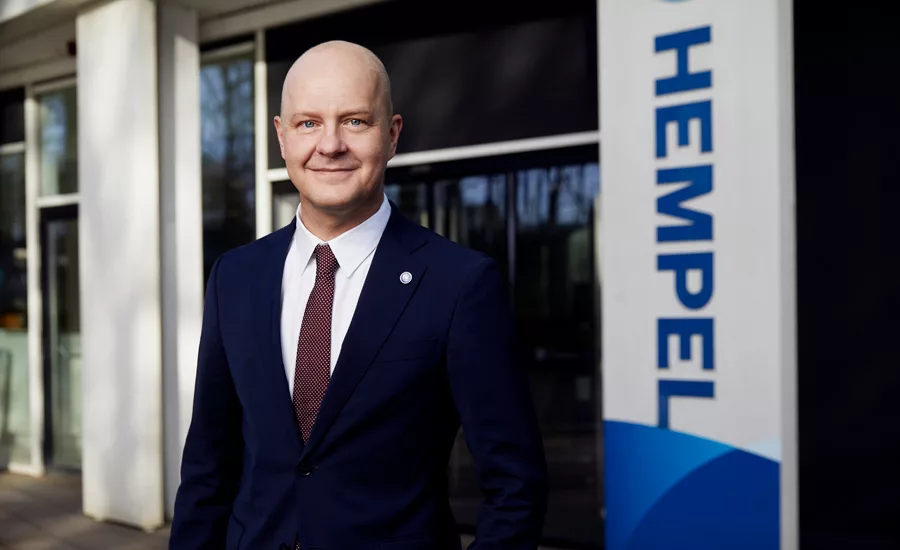With Continued Growth, Hempel Aims for Additional Acquisitions

LYNGBY, Denmark — Coatings manufacturer Hempel delivered 14% growth and grew 2.5% organically in 2019, and its EBITDA margin ended the year at 10.5% for continuing business. With the acquisition of decorative coatings provider J.W Ostendorf fully integrated, Hempel is looking for new acquisitions in order to double in size.
Group President & CEO of Hempel Lars Petersson commented on the company’s 2019 results, “2019 was a great year for Hempel. We returned to positive organic growth with a revenue of more than €1,500 million. The strong results are based on organic growth, especially in Asia, a stable EBITDA margin and the first full year with our European decorative acquisition, J.W. Ostendorf, fully integrated.”
Hempel has set an ambitious growth target, with the aim of doubling its revenue. With the refinancing of its credit facility in 2019, the company has a facility of €1 billion. In addition, Hempel has released net working capital improvements of more than €170 million since the beginning of 2016.
“We are fully committed to delivering on our growth strategy and will thereby double Hempel. We completed the first part of that journey last year and we will achieve our ambitious target through organic growth, by helping our customers reach their targets, and via acquisitions. We have learned valuable lessons through the rapid integration of J.W. Ostendorf. Combined with our net working capital improvements, this puts us in a strong position to pursue our growth strategy,” said Petersson.
There is increased global focus on sustainability, and Hempel is determined to make a positive contribution to solving a number of the world’s current and future sustainability issues.
“Hempel has a very important role to play in helping our customers on their separate journeys towards sustainability. In the marine segment, our coatings have never been more in demand than they are today. As an example, this is illustrated by the demand for our Hempaguard MaX solution. In the wind industry, we help reduce the total lifecycle cost of wind turbine components, which increases the competitiveness of wind energy compared to traditional non-sustainable energy generation. And, we are seeing increased interest in our sustainable solutions in other areas, such as private homes, airports and bridges. As sustainability becomes ever more engrained in our customers’ core business, we expect this trend to continue,” said Petersson.
Looking for a reprint of this article?
From high-res PDFs to custom plaques, order your copy today!




.webp?height=200&t=1663559664&width=200)

